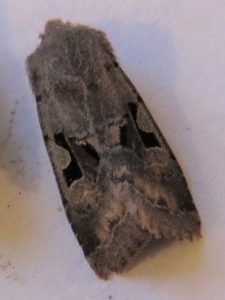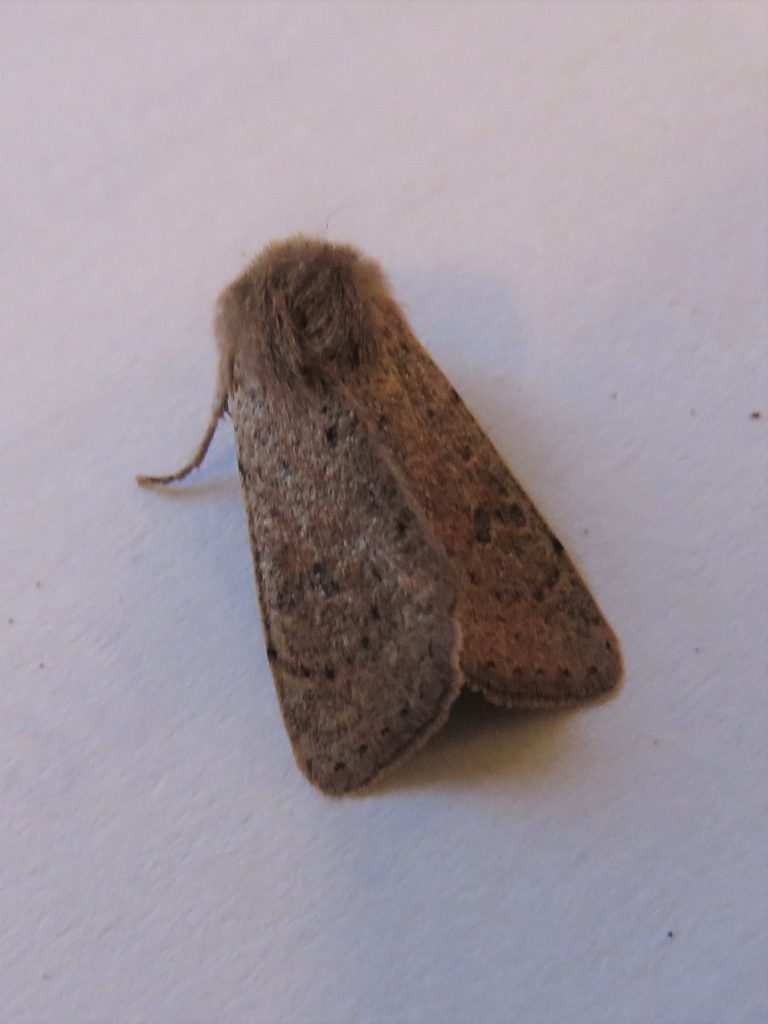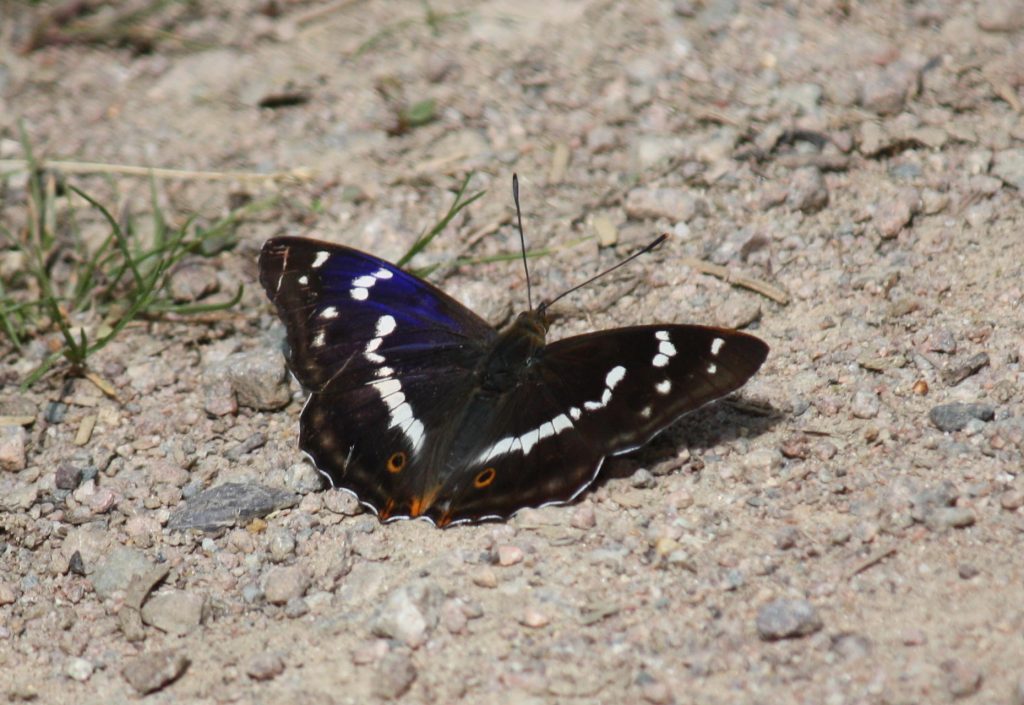Nature Notes – Pollinating Insects and The Sallow
Nature Note – May
In April’s Nature Note we looked at the sallow or goat willow. I am sure that if you had a go at identifying the butterfly in one of the pictures, you will have concluded that it was a peacock.
Peacock is one of the few butterflies that hibernates as an adult. Others include small tortoiseshell, brimstone, comma and red admiral. This year these species were on the wing in the brief warm spell at the end of March and were able to take full advantage of early flowering sallows.
April has been less kind with night frosts and cold winds. This weather kept butterfly numbers below what would be expected in a normal April.
Nature Note – Butterflies
Butterflies are not the only insects that take advantage of the nectar provided by the sallow. There are over a dozen species of relatively common moths that gather nectar from sallows. These moths fly in early spring but are not seen at any other time of the year. There are also a few autumn moths that re-appear briefly at the same time for the same food source. Most of the larger (macro) moths have English names, some of which are very descriptive.

In April, moth trap operators expect to find amongst other species, Hebrew character, common and small quaker, clouded drab and early grey. All of these are pollinators of catkins; being attracted to the early season nectar source. Hebrew characters have a black mark on each wing in the shape of the Hebrew letter “nun”, clouded drabs are variable in colour and pattern but are often very drab in appearance.
Early grey is one of the few grey moths to be found this early in the year but the source of the name ‘quaker’, is less obvious. Most moths tremor, or quake, as they warm up in the morning sun, but I can find no reference to this motion being unduly pronounced in the quakers.

However, the bounty of the sallow is not restricted to spring. Sallow kitten moth caterpillars munch their way through the leaves, two species of “clearwing” moths have larvae that bore into the trunk of the tree and the caterpillars of the UK’s most spectacular butterfly, the purple emperor, feed exclusively on sallow leaves.
The puss moth, the feline and three kitten species are closely related moths and are presumably named from the furry nature of the adults and clearwings are a group of moths with translucent wings).
Purple emperors are worthy of more than a few words. They are large and can float through the air with considerable grace, flashing bright purple if the sun catches the iridescent patches on the upper wings.
Adult butterflies are attracted to minerals and have a good sense of smell. Dried-up puddles, banana skins, anchovies and a host of less savoury items attract the insects down onto the ground and photographers “bait” suitable paths in order to get close-up pictures.
Purple Emperor

There is a well know breeding population not far from Corby but in the last few summers purple emperors may soon establish breeding colonies in Leicestershire and Rutland (if they have not already done so!
David Scott




 South Leicestershire Litter Wombles
South Leicestershire Litter Wombles

